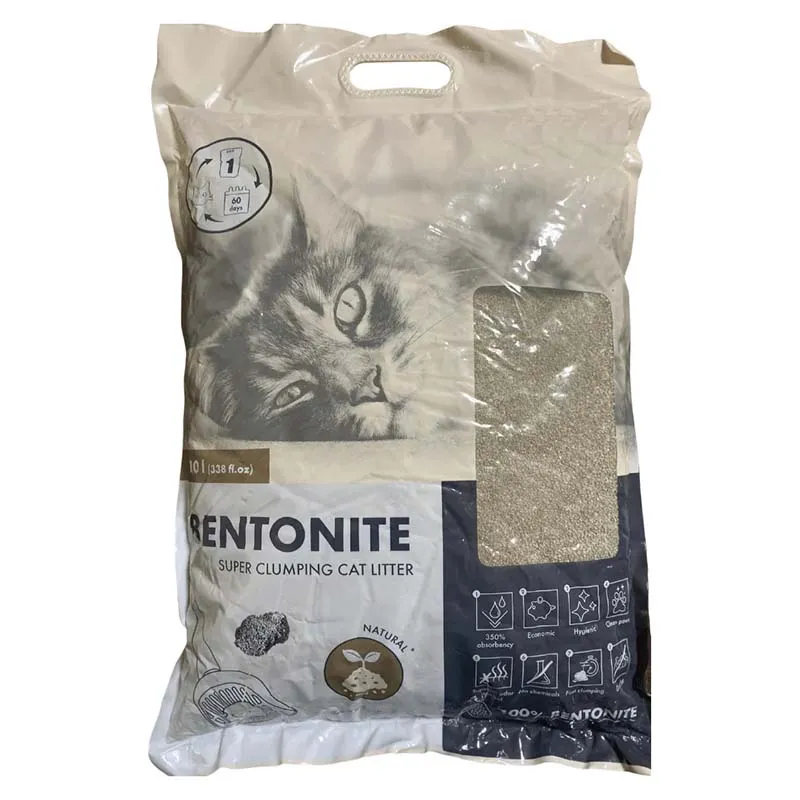What is Bentonite Clay Litter?
If you’re a cat owner, you’ve probably heard about bentonite clay litter. It’s become increasingly popular on store shelves for its price point and unique features. But what exactly makes it so special?
Once upon a time, people began using bentonite (a type of clay) instead of sand in commercial cat litter — probably because asking sand to clump was out of the question!
Shortly after that, it became the official cheap, mainstream cat litter for most pet owners.
Today we love bentonite clay litter because of how easily it sticks together when wet. And though its price point and clumpiness seem like a heavenly match, bentonite clay litter isn’t without its potential downsides.
There’s a lot to unpack here. Let’s dive in!
What is bentonite, anyway?
Bentonite is a type of clay that becomes extremely sticky when wet. It’s made from volcanic ash, and has been around for centuries — in fact, it’s one of the oldest known materials used by humans!
25L Lavender Bentonite Cat Sand
What are the benefits of bentonite clay litter?
Bentonite cat litter has a few distinct advantages over traditional sand, plant, or wood-based litter.
Aborbancy: Probably the biggest selling point of bentonite clay litter is its nature to clump. It can absorb several times its dry weight in liquid and expand up to 15 times its original size (just look online for images of clay litter dust forming these heroic-looking balls when damp!)
Cost Effectiveness: Bentonite clay litter is usually cheaper than other types of litter, and though that’s not usually a good thing, it can help balance the budget!
And part of why this litter’s so cheap is how stretchable it is. When your cat pees, you only need to replace the soiled bedding and clumps; the rest is good to reuse.
Odour Control: Bentonite clay is known to be very effective at absorbing odors — like a natural deodorizer. It also has a neutral scent (without any added fragrances), so it won’t make your home smell any worse than before.
What are the risks associated with bentonite clay litter?
Just like with any other type of litter, bentonite clay litter has its drawbacks.
Allergy Concerns: Some cats may be allergic to this type of clay, so it’s best to watch for signs of sneezing or irritation while using it. If you notice your cat is itching more or has red spots you didn’t notice on them before, switch back to the old litter and contact your vet.
Dust: Bentonite clay is naturally dusty and its dryness can cause respiratory problems if inhaled -not just for cats, but humans as well. To avoid this risk, make sure to buy a dust-free variety of bentonite clay litter and wear a mask when changing the bedding.
Toxicity: Bentonite clay litter is generally non-toxic for cats, with a few types containing baking soda or activated charcoal. But so many of them contain additives like fragrances or other chemicals that are dangerous if ingested in large quantities. Check the packaging on your litter to make sure there aren’t any added ingredients that could harm your cat.
Bentonite Processing for Litter
Basically, The bentonite-to-litter process starts with grinding the clay to a powder, which is then mixed with various additives like fragrances and baking soda. This mixture is left to dry and then compressed into pellets, clumps, or granules. Finally, the litter is packaged for sale.








